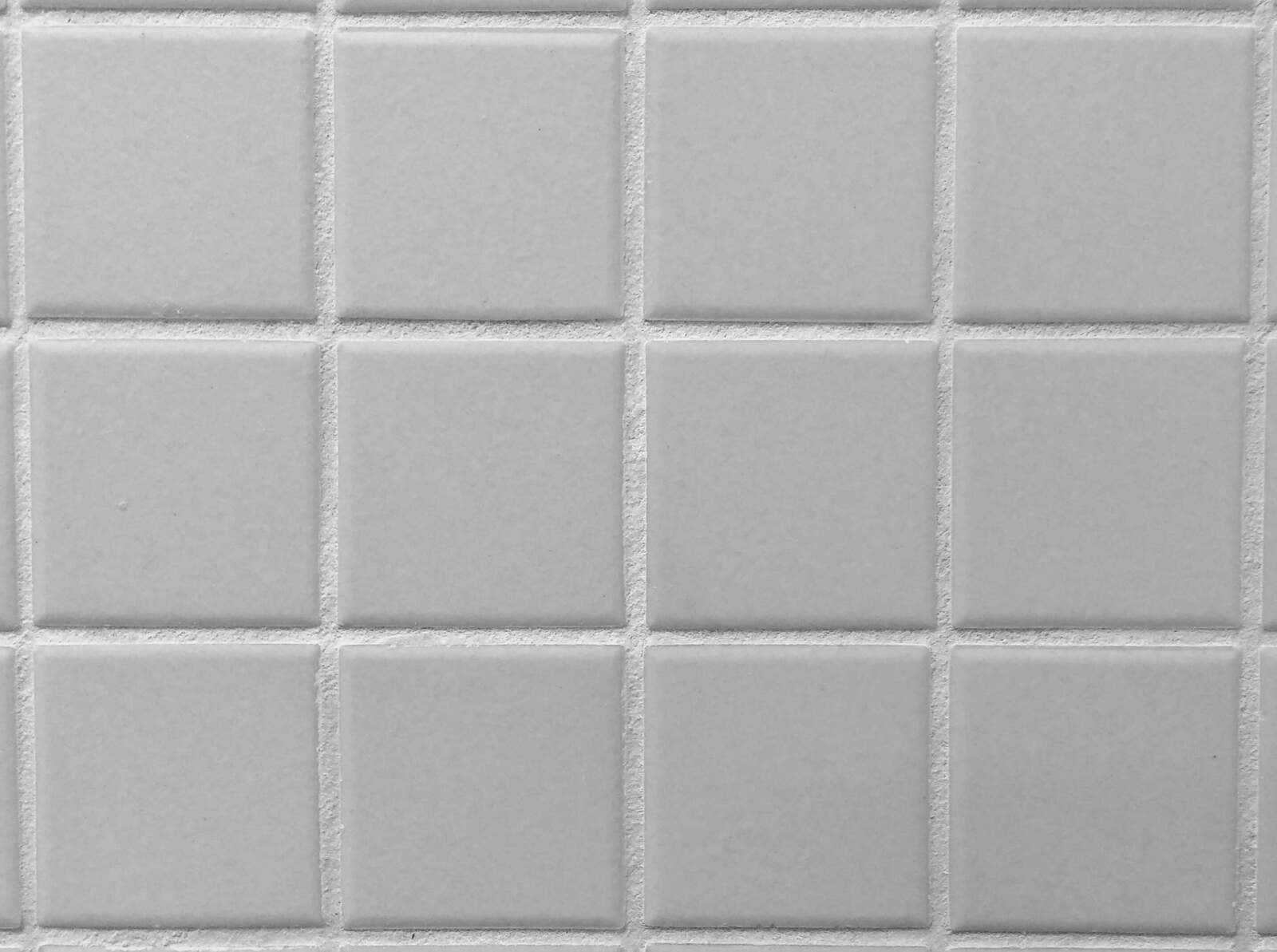
When it comes to tiling projects, grout plays a critical role in ensuring durability, stability, and aesthetics. Whether you're installing tiles in a bathroom, kitchen, or outdoor space, choosing the right grout can make all the difference in longevity and appearance.
What is Grout?
What is Grout?
Grout is a dense fluid or paste that is used to fill the spaces between tiles or masonry. It serves both a functional and aesthetic purpose by securing tiles in place, preventing moisture infiltration, and enhancing the overall appearance of a tiled surface.
What is the Main Purpose of Grout?
What is the Main Purpose of Grout?
Grout isn't just about looks—it provides crucial structural support and protection. Here are the main functions of grout:
- Prevents tile movement – Grout keeps tiles locked in place, preventing them from shifting over time.
- Seals gaps between tiles – It fills the joints between tiles, preventing moisture penetration and minimizing the risk of mold and mildew.
- Enhances aesthetics – Available in various colors and finishes, grout helps create a seamless and polished look.
- Improves hygiene – Properly sealed grout prevents dirt and bacteria from accumulating in tile gaps.
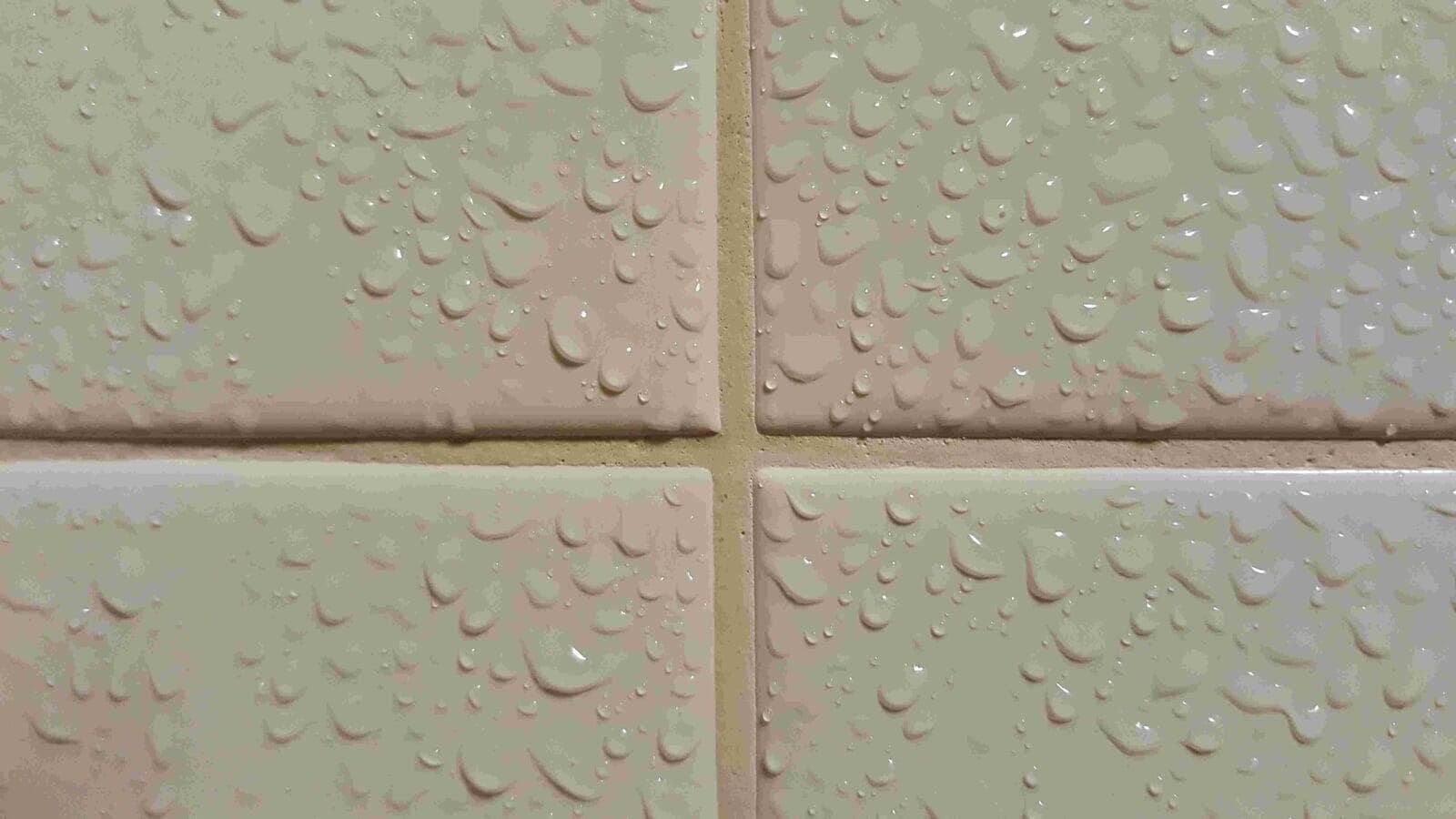
Types of Grout
Types of Grout
A. Cement-Based Grout
A. Cement-Based Grout
Cement-based grout is the most commonly used type and consists of a blend of cement, water, and additives. It is easy to work with, cost-effective, and suitable for a variety of indoor and outdoor applications.
1. Sanded Grout
1. Sanded Grout
Sanded grout contains fine sand particles that provide additional strength and durability. It is commonly used for wider grout joints (1/8 inch or more) and is available in various colors.
SANDED GROUT PROS
- Stronger and more durable than unsanded grout
- Resistant to cracking and shrinking
- Available in multiple colors to match tiles
SANDED GROUT CONS
Can be abrasive on certain tile surfaces.
Can be challenging to work with in vertical surfaces because it is thicker and may tend to sag or slump
Requires sealing to prevent staining.
BEST USES
Large-format tiles
High-traffic areas such as hallways and entryways
Kitchen floors and countertops
Outdoor tiling projects
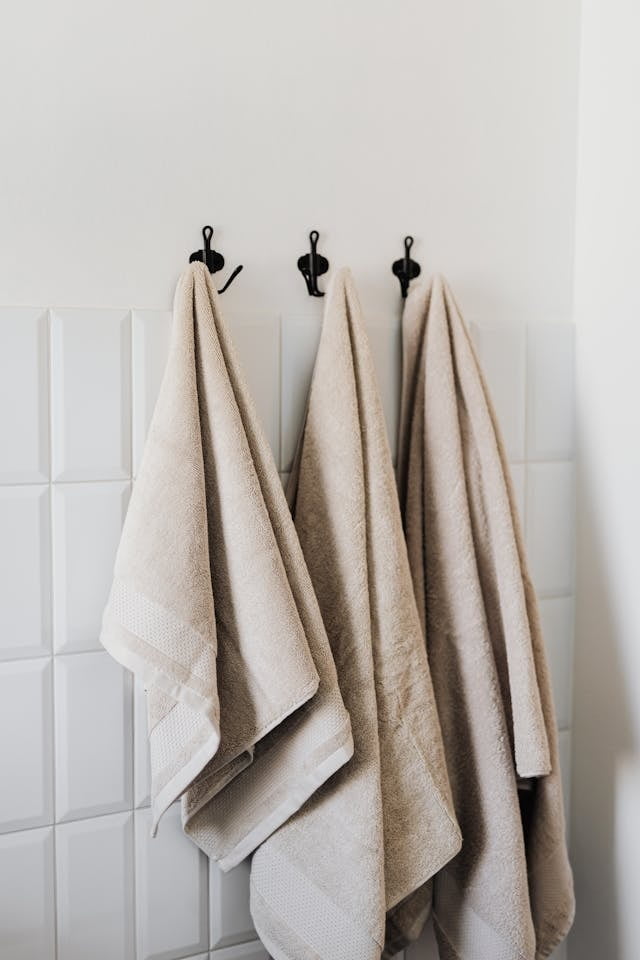
2. Unsanded Grout
2. Unsanded Grout
Unlike sanded grout, unsanded grout has a smoother texture since it does not contain sand. It is typically used for narrower grout joints (1/8 inch or less).
UNSANDED GROUT PROS
Creates a smoother and more polished finish compared to sanded grout
Less likely to scratch or damage delicate tile surfaces, like glass, marble, or porcelain.
Easier to work with on tight or vertical surfaces, as it has a finer texture.
UNSANDED GROUT CONS
- Not as durable in high-traffic areas as sanded grout.
- Requires sealing
- Porous and may need to be replaced more often.
BEST USES
- Walls, shower enclosures, and backsplashes
- Natural stone or polished tile surfaces
- Delicate tile materials prone to scratching
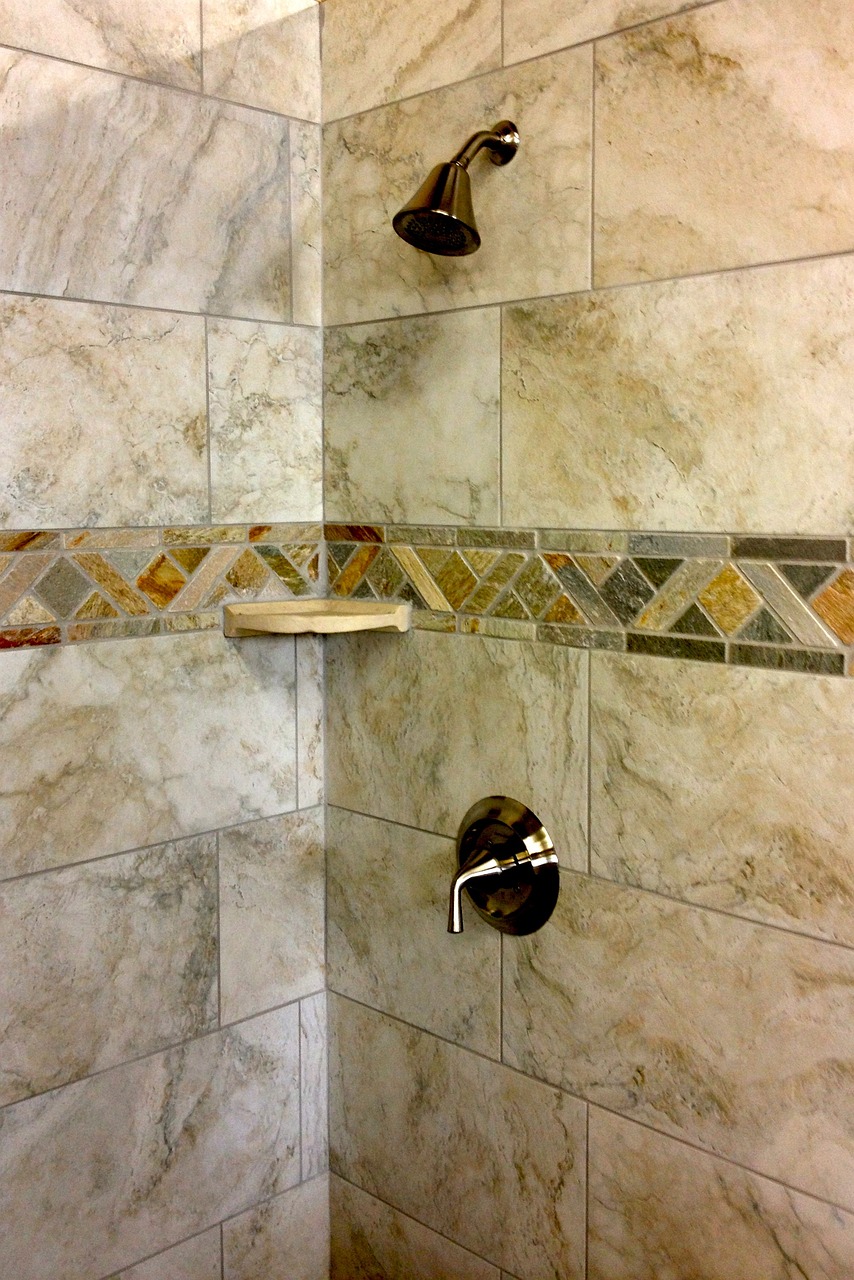
3. High-Performance & Polymer Cement Grout
3. High-Performance & Polymer Cement Grout
High-performance and polymer cement grouts are advanced versions of traditional cementitious grouts. They incorporate polymer additives that enhance flexibility, stain resistance, and overall durability.
HIGH-PERFORMANCE & POLYMER CEMENT GROUT PROS
More flexible and durable than standard cement grouts
Improved stain and moisture resistance
Requires less sealing compared to traditional cement grout
HIGH-PERFORMANCE & POLYMER CEMENT GROUT CONS
More expensive than regular cement grout
Can be harder to clean after application
BEST USES
High-moisture areas such as bathrooms and kitchens
Heavy foot traffic zones
Areas prone to expansion and contraction
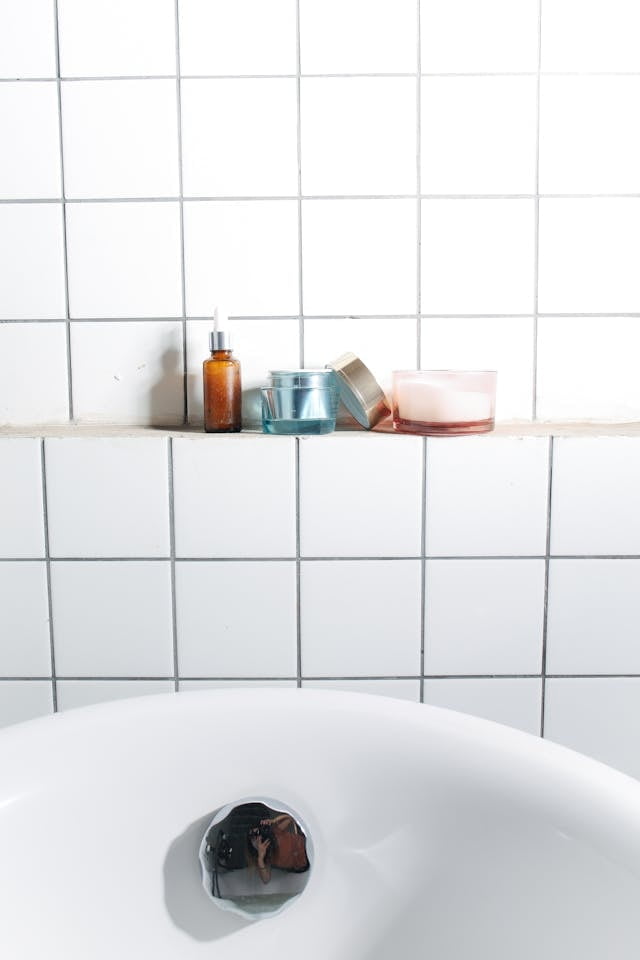
B. Epoxy Grout
B. Epoxy Grout
Epoxy grout is made from a combination of epoxy resins and hardeners, making it highly resistant to stains, chemicals, and moisture. Unlike cement grout, epoxy grout does not require sealing and is non-porous, making it ideal for areas exposed to water, grease, and chemicals.
EPOXY GROUT PROS
Extremely resistant to water, stains, and chemicals
Does not require sealing
Long-lasting and durable
EPOXY GROUT CONS
More expensive than cement-based grout
Can be tricky to work with due to fast curing time
Requires precise mixing and application
BEST USES
Kitchens and food preparation areas
Bathrooms and showers
Commercial and industrial settings
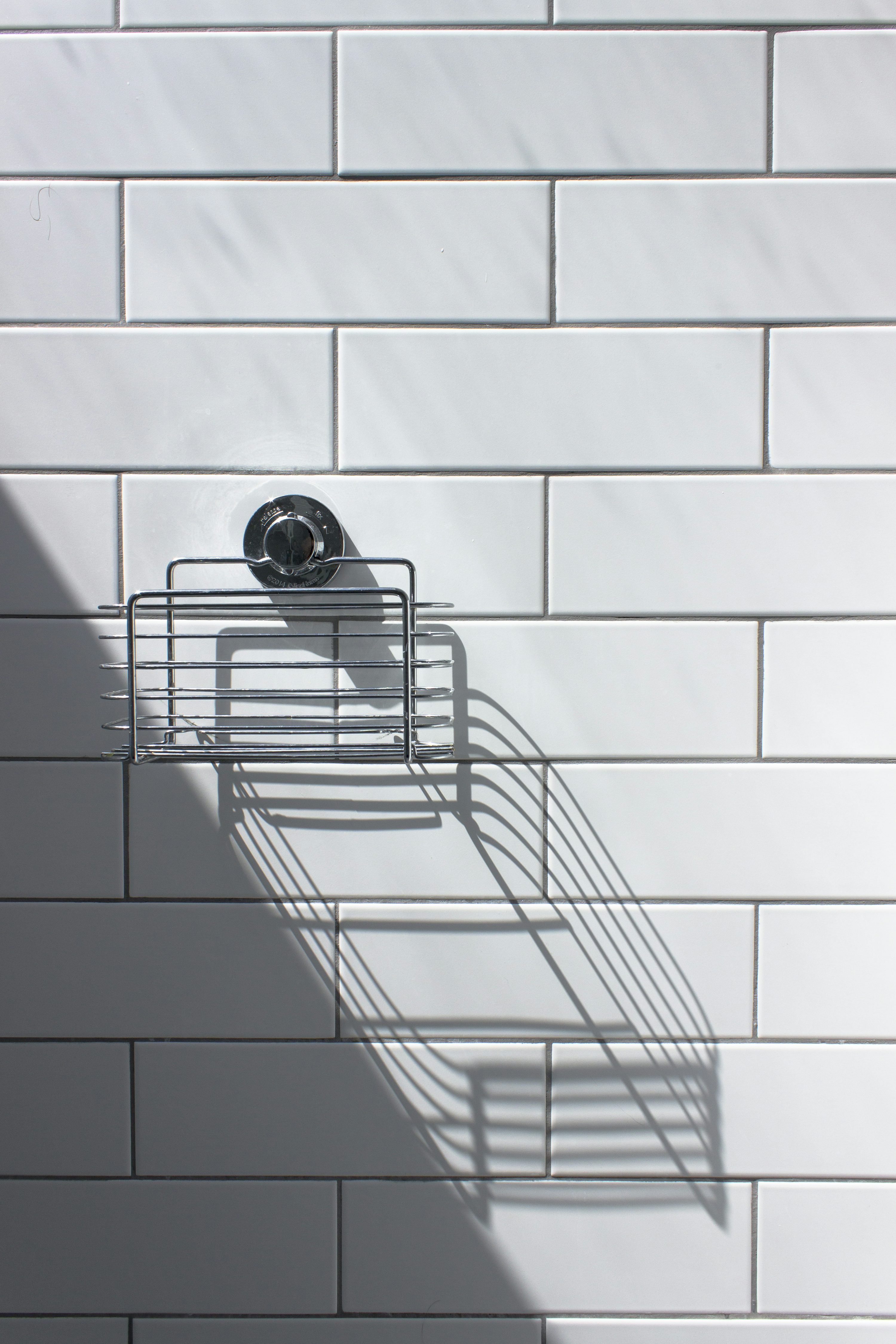
C. Pre-Mixed Grout
C. Pre-Mixed Grout
Pre-mixed grout is ready to use straight from the container, eliminating the need for mixing. Pre-mixed grout saves time and effort, making it an excellent choice for DIYers and quick projects.
PRE-MIXED GROUT PROS
No mixing required
Consistent texture and color
Quick and easy application
PRE-MIXED GROUT CONS
Pre-mixed grout tends to be pricier than traditional grout powders.
For large tiling projects, it may be less cost-effective and more cumbersome due to packaging.
Some pre-mixed grouts may shrink, leading to potential gaps or cracks over time.
BEST USES
Backsplashes
Small tile repairs
Indoor tile applications
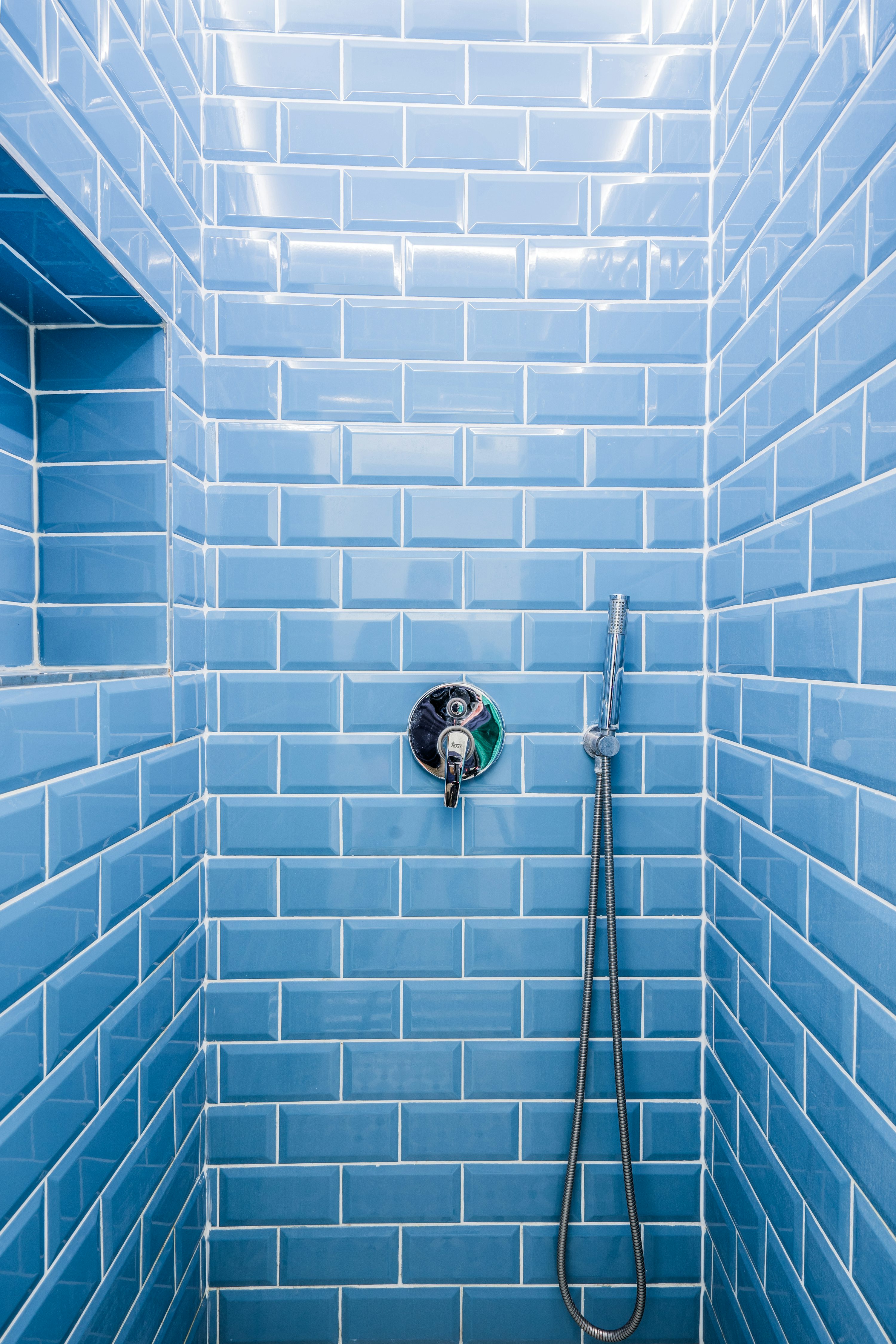
D. Mold and Mildew Resistant Grout
D. Mold and Mildew Resistant Grout
For areas prone to moisture and humidity, such as bathrooms and kitchens, mold and mildew resistant grout is a popular choice. This type of grout contains additives that inhibit the growth of mold and mildew, making it an excellent option for maintaining a clean and hygienic environment. It can come in both cement-based or epoxy forms.
MOLD AND MILDEW RESISTANT GROUT PROS
Prevents the growth of mold and mildew.
Suitable for use in wet areas.
Durable and long-lasting.
MOLD AND MILDEW RESISTANT GROUT CONS
May contain harsh chemicals that require proper ventilation during application.
Higher cost compared to traditional grouts.
BEST USES
Showers, tubs, and backsplashes.
Ideal for countertops and backsplashes.
Laundry Rooms
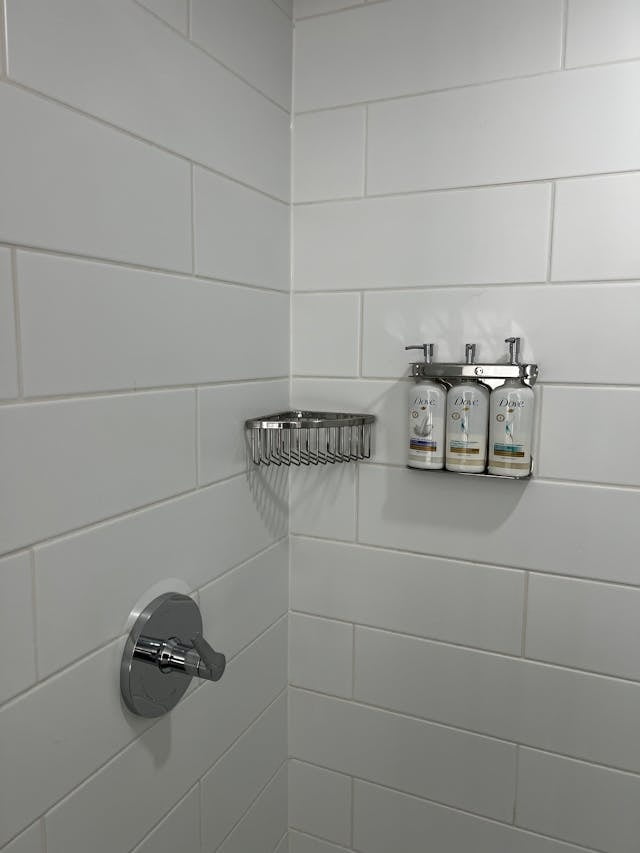
E. Stain-Resistant Grout
E. Stain-Resistant Grout
For areas prone to moisture and humidity, such as bathrooms and kitchens, mold and mildew resistant grout is a popular choice. This type of grout contains additives that inhibit the growth of mold and mildew, making it an excellent option for maintaining a clean and hygienic environment. It can come in both cement-based or epoxy forms.
STAIN RESISTANT GROUT PROS
Protects against stains and discoloration.
Available in various colors to match any tile installation.
Durable and long-lasting.
STAIN RESISTANT GROUT CONS
Requires proper ventilation during application due to strong odor from chemicals.
May need frequent resealing for maximum effectiveness.
Higher cost
BEST USES
Kitchens and food preparation areas
Dining areas
High-traffic zones
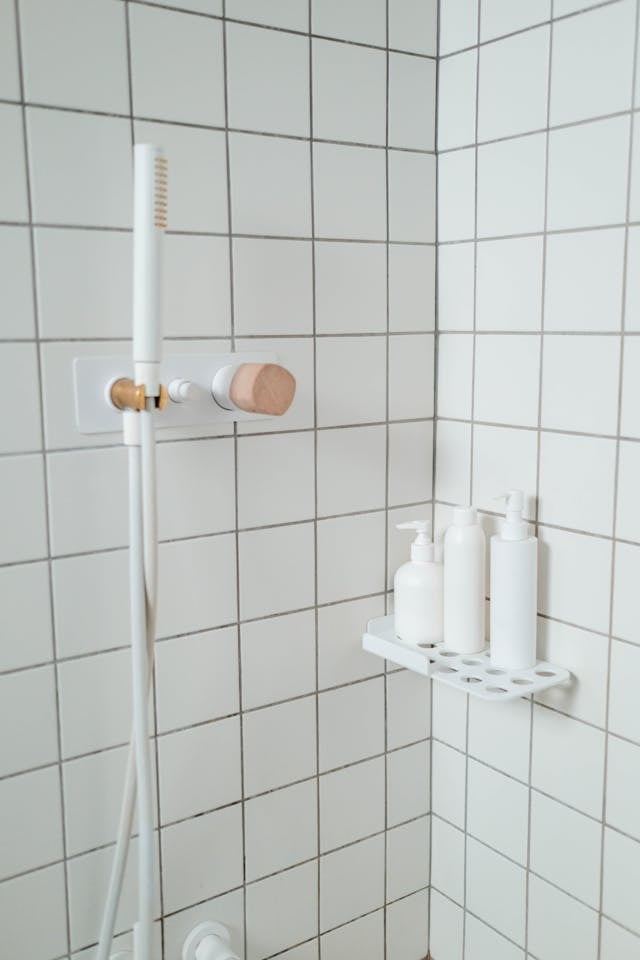
Choosing the Right Grout for Your Project
Choosing the Right Grout for Your Project
Selecting the correct grout depends on the type of tile, the location of installation, and environmental factors.
Sanded or Unsanded grout
Sanded or Unsanded grout
When choosing between sanded and unsanded grout, consider the width of the grout joints and the type of tile material. The key difference lies in their composition and application. Sanded grout, containing fine sand particles, is best suited for larger grout joints , providing a textured finish that enhances durability. On the other hand, unsanded grout, which lacks sand, is ideal for smaller grout joints.
What looks better, sanded or unsanded grout?
What looks better, sanded or unsanded grout?
Aesthetic preference depends on the style you want. Sanded grout gives a textured appearance, suitable for rustic designs, while unsanded grout offers a smooth finish, ideal for modern looks.
What Type of Grout to Use in a Shower?
What Type of Grout to Use in a Shower?
Epoxy grout is the best choice for shower areas due to its exceptional waterproof and mold-resistant properties. Unlike traditional grout, epoxy grout forms a non-porous barrier that prevents water from seeping through, making it ideal for wet areas. Its chemical resistance ensures that it remains unaffected by harsh cleaning agents often used in showers.
What Type of Grout for a Bathroom Floor?
What Type of Grout for a Bathroom Floor?
For a bathroom floor, sanded grout is the best choice for grout lines wider than 1/8 inch, as it provides durability and resists cracking. If the grout lines are narrower, unsanded grout works well for a smoother finish.
What Type of Grout for a Bathroom Countertop?
What Type of Grout for a Bathroom Countertop?
For a bathroom countertop, epoxy grout is the best choice because it’s waterproof, stain-resistant, and highly durable. Unlike traditional grout, it doesn’t absorb moisture, making it resistant to mold and mildew.
What Type of Grout for a Backsplash?
What Type of Grout for a Backsplash?
Pre-mixed or stain-resistant grout is ideal, as backsplashes are prone to food splashes and stains. These grouts offer easy application and resist common kitchen messes, ensuring a clean and durable finish.
What Type of Grout for Glass Tile?
What Type of Grout for Glass Tile?
For glass tile, unsanded grout is typically recommended to prevent scratching the delicate surface. It provides a smooth finish for smaller grout joints and is less likely to damage fragile materials.
What Type of Grout for Porcelain Tile?
What Type of Grout for Porcelain Tile?
Both sanded and unsanded grout can be used in porcelain tile, depending on the grout joint width.
FAQs
Can I Tile Without Grout?
Can I Tile Without Grout?
While possible, tiling without grout is discouraged. Grout helps secure tiles, prevents moisture infiltration, and enhances overall aesthetics.
Is grout waterproof?
Is grout waterproof?
Standard cement-based grouts are not inherently waterproof. They are porous and can absorb water, which may lead to staining or damage over time. To enhance water resistance, it's advisable to apply a sealer to cement-based grouts after they have fully cured. This sealing process helps protect the grout from moisture and stains.
Do all grout types need sealing?
Do all grout types need sealing?
Not all types of grout require sealing. Cement-based grouts, both sanded and unsanded, are porous and benefit from sealing to prevent moisture absorption and staining. In contrast, epoxy grouts are non-porous and naturally resistant to water and stains, eliminating the need for sealing.
How long does grout take to dry?
How long does grout take to dry?
The drying time for grout varies depending on the type used. Cement-based grouts typically take about 24 to 72 hours to fully cure. Epoxy and urethane grouts may have different curing times,so it's essential to consult the manufacturer's recommendations before exposing the grout to moisture.
Understanding the characteristics of each grout type and matching them to your project's requirements ensures a successful and long-lasting installation. Whether it's the durability of epoxy grout or the affordability of cement grout, selecting the right tile grout enhances the beauty and longevity of your tile masterpiece.
If you are located in Corpus Christi or South Texas and need assistance with tile installation for your shower, including selecting the right grout, contact us today. Our team is ready to help you achieve the perfect finish for your tiling project.

